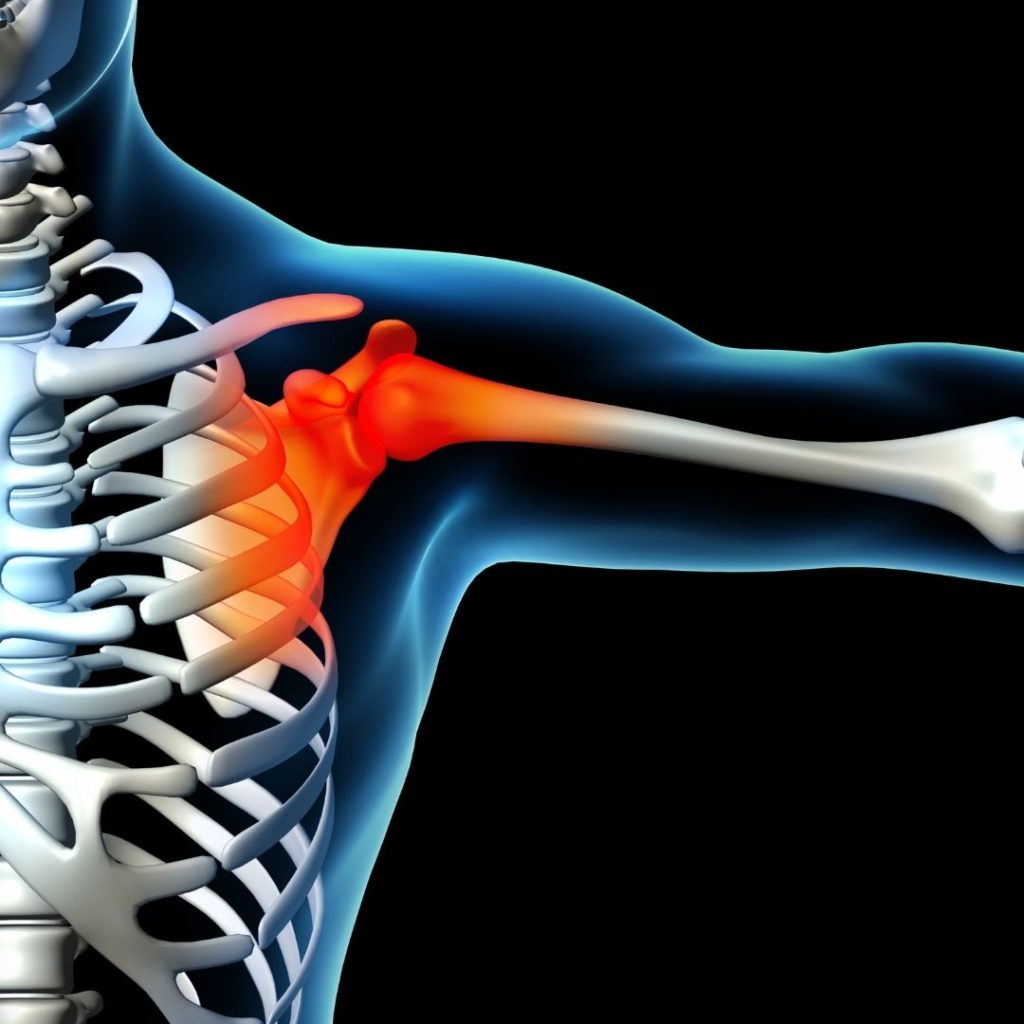Shoulder dislocations are among the most common traumatic injuries seen in sports medicine, especially in contact and overhead sports such as football, wrestling, basketball, and volleyball. If you’ve experienced a shoulder dislocation, understanding your treatment options — both conservative and operative — is critical for optimal recovery and return to activity.

A shoulder dislocation occurs when the head of the humerus (upper arm bone) is forcibly displaced from the glenoid (socket of the shoulder blade). Due to the shoulder’s wide range of motion and relatively shallow socket, it is particularly prone to instability.
There are three types of shoulder dislocations:
Athletes under 25 years old are at the highest risk of recurrence, especially after their first dislocation.
Immediate medical evaluation and imaging (X-ray or MRI) are crucial to confirm the diagnosis and assess for associated injuries such as labral tears or bone damage.
Conservative treatment is typically recommended after a first-time dislocation in patients without significant bone or soft tissue injury.
A trained medical professional will gently maneuver the shoulder back into place. This should always be done under appropriate sedation and imaging guidance to avoid complications.
The arm is usually placed in a sling for 1–3 weeks to allow soft tissue healing. Recent evidence suggests early motion may be beneficial, especially in older patients.
Rehabilitation focuses on restoring:
Return to sports is generally expected within 6–12 weeks, depending on sport demands and individual recovery.
Surgical intervention is often recommended for:
Recovery timelines vary but generally follow this structure:
Surgical success rates are high, with over 90% of patients returning to previous levels of activity.
Athletes should work with orthopedic specialists and physical therapists to reduce the risk of recurrence and ensure safe return to play.
Shoulder dislocations are treatable with both conservative and surgical approaches. Early diagnosis, individualized treatment planning, and structured rehabilitation are key to a full recovery and minimizing the risk of re-injury. Whether you’re a professional athlete or a weekend warrior, consult with an orthopedic sports medicine specialist to determine the best path forward.
Learn about shoulder dislocations from an orthopedic sports medicine expert’s perspective. Explore non-surgical and surgical treatment options, rehab protocols, and prevention tips.
Shoulder dislocations are among the most common traumatic injuries seen in sports medicine, especially in contact and overhead sports such as football, wrestling, basketball, and volleyball. If you’ve experienced a shoulder dislocation, understanding your treatment options — both conservative and operative — is critical for optimal recovery and return to activity.

A shoulder dislocation occurs when the head of the humerus (upper arm bone) is forcibly displaced from the glenoid (socket of the shoulder blade). Due to the shoulder’s wide range of motion and relatively shallow socket, it is particularly prone to instability.
There are three types of shoulder dislocations:
Athletes under 25 years old are at the highest risk of recurrence, especially after their first dislocation.
Immediate medical evaluation and imaging (X-ray or MRI) are crucial to confirm the diagnosis and assess for associated injuries such as labral tears or bone damage.
Conservative treatment is typically recommended after a first-time dislocation in patients without significant bone or soft tissue injury.
A trained medical professional will gently maneuver the shoulder back into place. This should always be done under appropriate sedation and imaging guidance to avoid complications.
The arm is usually placed in a sling for 1–3 weeks to allow soft tissue healing. Recent evidence suggests early motion may be beneficial, especially in older patients.
Rehabilitation focuses on restoring:
Return to sports is generally expected within 6–12 weeks, depending on sport demands and individual recovery.
Surgical intervention is often recommended for:
Recovery timelines vary but generally follow this structure:
Surgical success rates are high, with over 90% of patients returning to previous levels of activity.
Athletes should work with orthopedic specialists and physical therapists to reduce the risk of recurrence and ensure safe return to play.
Shoulder dislocations are treatable with both conservative and surgical approaches. Early diagnosis, individualized treatment planning, and structured rehabilitation are key to a full recovery and minimizing the risk of re-injury. Whether you’re a professional athlete or a weekend warrior, consult with an orthopedic sports medicine specialist to determine the best path forward.